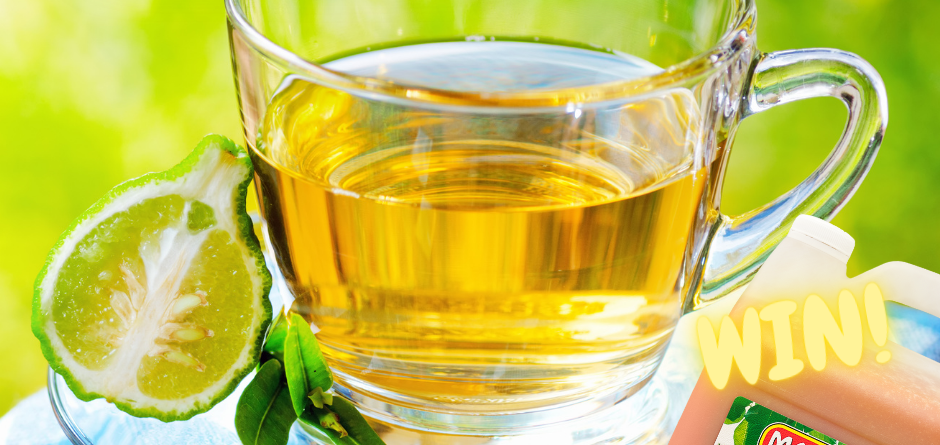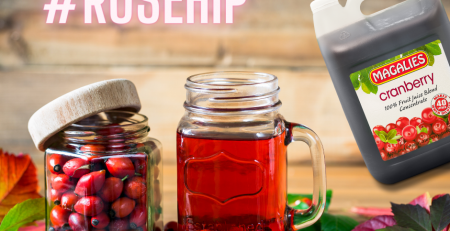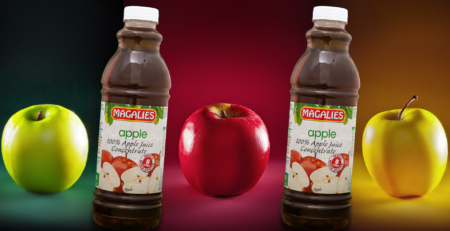Citrus Essential Oils Volume (5) – (Article 5 of 5)
by Dr. Marli Botha
If you’ve ever found yourself marvelling at the citrusy aroma of Earl Grey tea, the bergamot orange, which turns from green to yellow when ripe, is simply way too bitter to eat raw! But the fruit’s rind produces a fragrant and flavourful oil that can be used for cooking as well as scenting skin and haircare products. Bergamot, named after Bergamo, Italy, also has potential health benefits.
Here are 4 facts about bergamot essential oil:
- Many essential oils can be added to scent hair conditioners or other haircare products, and bergamot is no exception. Although only studied in animals, bergamot does show potential to promote hair growth. One small study showed an increase in collagen production and hair growth when bergamot extract and boxthorn were applied to mice for 42 days—though it’s unclear whether it was the bergamot or boxthorn working, so more research needs to be done here!
- Adding Bergamot oil to regular black tea resulted in the creation of the popular Earl Grey tea.
- The main chemical constituents of Bergamot Essential oil are: Limonene, Linalyl Acetate, Linalool, Pinene, Bergaptene, Terpineol, Nerol, Neryl Acetate, β-Bisabolene, Geraniol, Geraniol Acetate, and Myrcene.
- In aromatherapy, Bergamot acts as a natural perfume and a non-toxic air freshener that creates a relaxing atmosphere and deodorizes unpleasant scents. When diffused, its carminative properties offer relief to the digestive system. It can be added to natural homemade scented cosmetics, candles, and soaps.
- https://www.ncbi.nlm.nih.gov/pmc/articles/PMC6392855/#fsn3903-bib-0037
It is important to mention that no food is meant to be a cure-all for any condition, though there are certainly health and skin benefits contained within them. The one thing you should always do before using a new skincare product is to do a patch test to look for allergies and sensitivities.












